Butterflies, Dragonflies & Snakes! Oh my!
The theme for the March meeting of the Tampa Audubon Society Photo Club was “Butterflies, Dragonflies & Snakes! Oh my!” It was the first meeting where we narrowed the focus to a theme to align with the presentation of our guest speaker. Our guest speaker was University of Florida’s Dr. Marc Minno who gave a wonderful and informative presentation on Florida’s butterflies. Dr. Minno also offered copies of his book for sale, Florida Butterfly Caterpillars and their Host Plants, and other field guides for butterfly identification. I bought the book and look forward to reading it.
Thoughts on butterfly photography
In January I found a Monarch butterfly chrysalis on the underside of the water fountain in my backyard. I dusted off my ancient 200mm Nikkor Micro lens and attached it to my Nikon D800 camera. I mounted the camera onto the tripod and snapped a photo. Looking at the rear of the camera, I instantly remembered that shallow depth of field is a trademark of macro photography and if I wanted to get the whole chrysalis into sharp focus I would need to focus stack multiple images. So that’s what I did. I took 10 images, changing the focus point in each image so that I had a sharp image of every portion of the chrysalis. I then exported all 10 images into Photoshop, performed an alignment, and focus stacked. Here is a link to a great tutorial by B&H on how to do this.






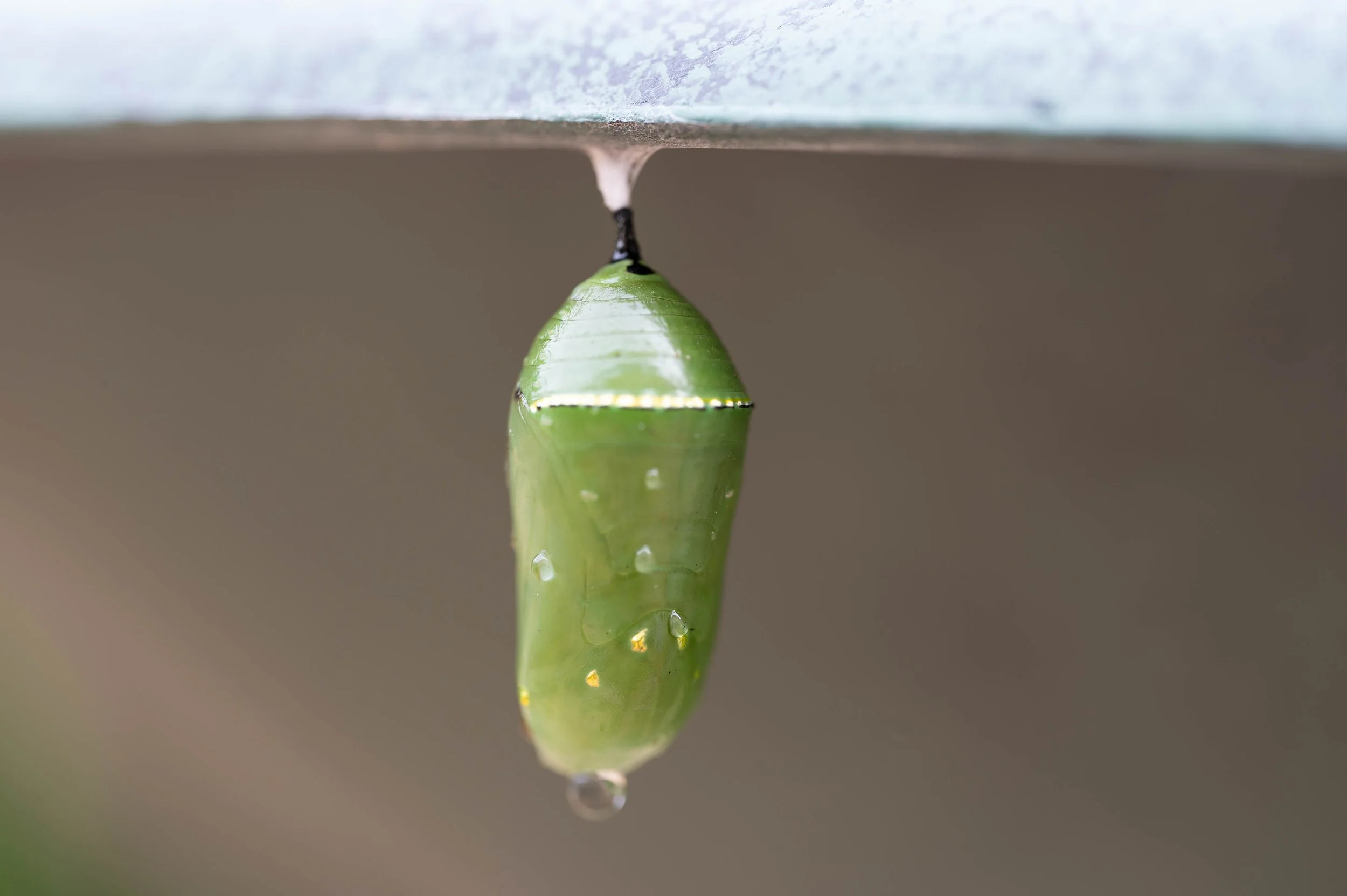
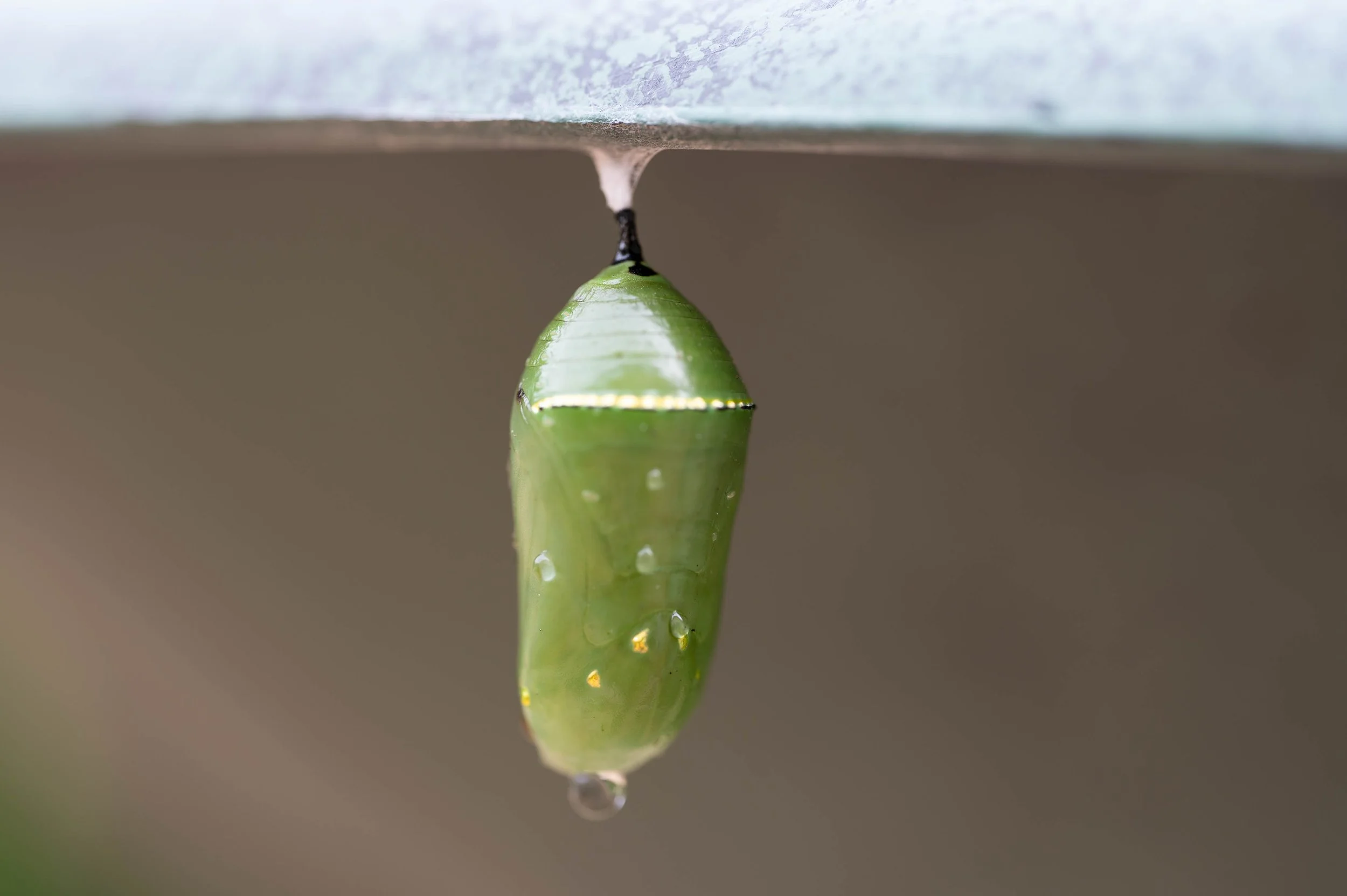


My intention was to photograph this chrysalis every day until the monarch butterfly emerged. However, I went on a work trip for about a week and when I returned home the chrysalis was gone. Major bummer.
I also took some photos of butterflies in my backyard. I had two species, the Monarch and the Gulf Fritillary. These are the images I shared with the group. More butterfly photos are certainly in my future, especially butterflies in flight.



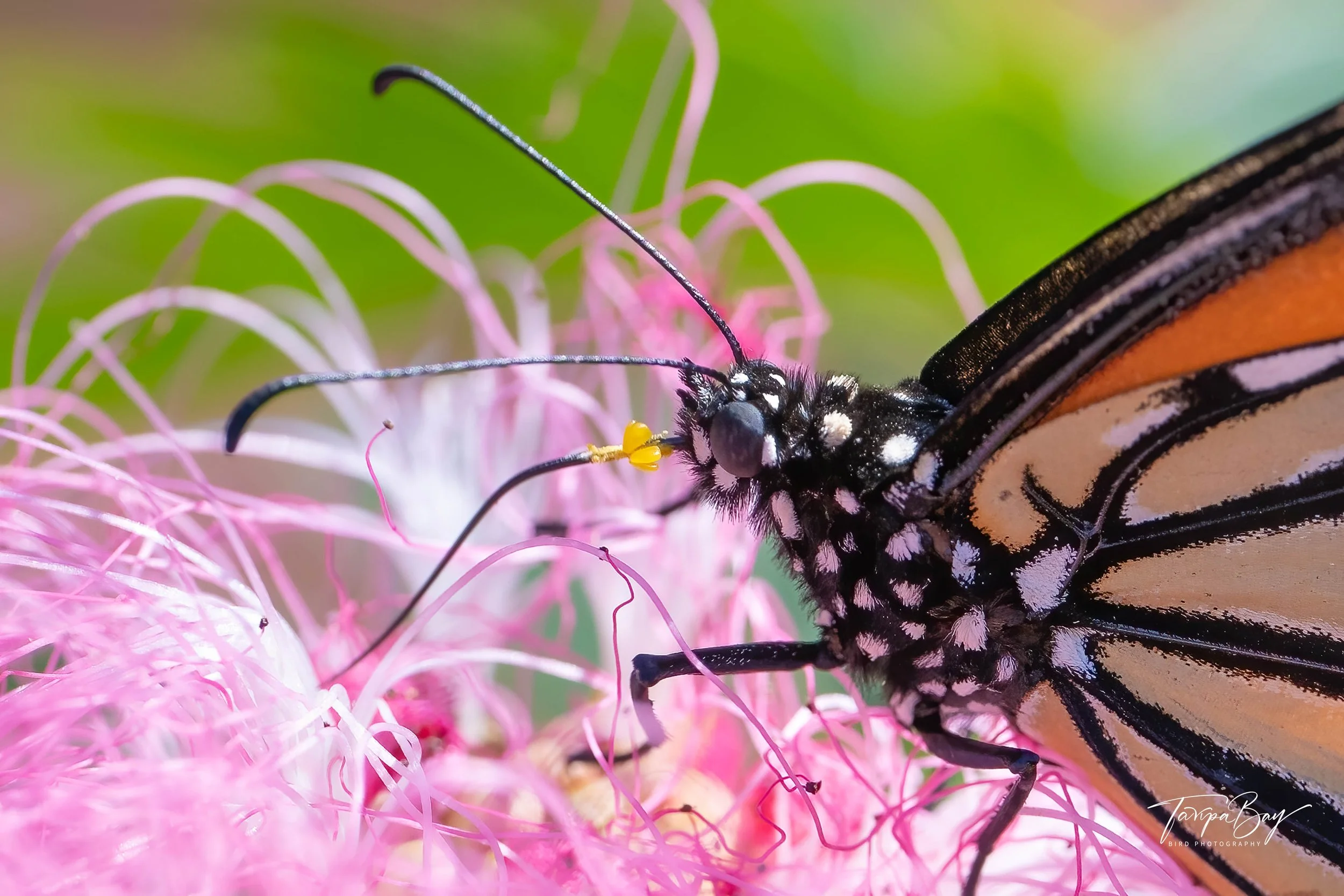
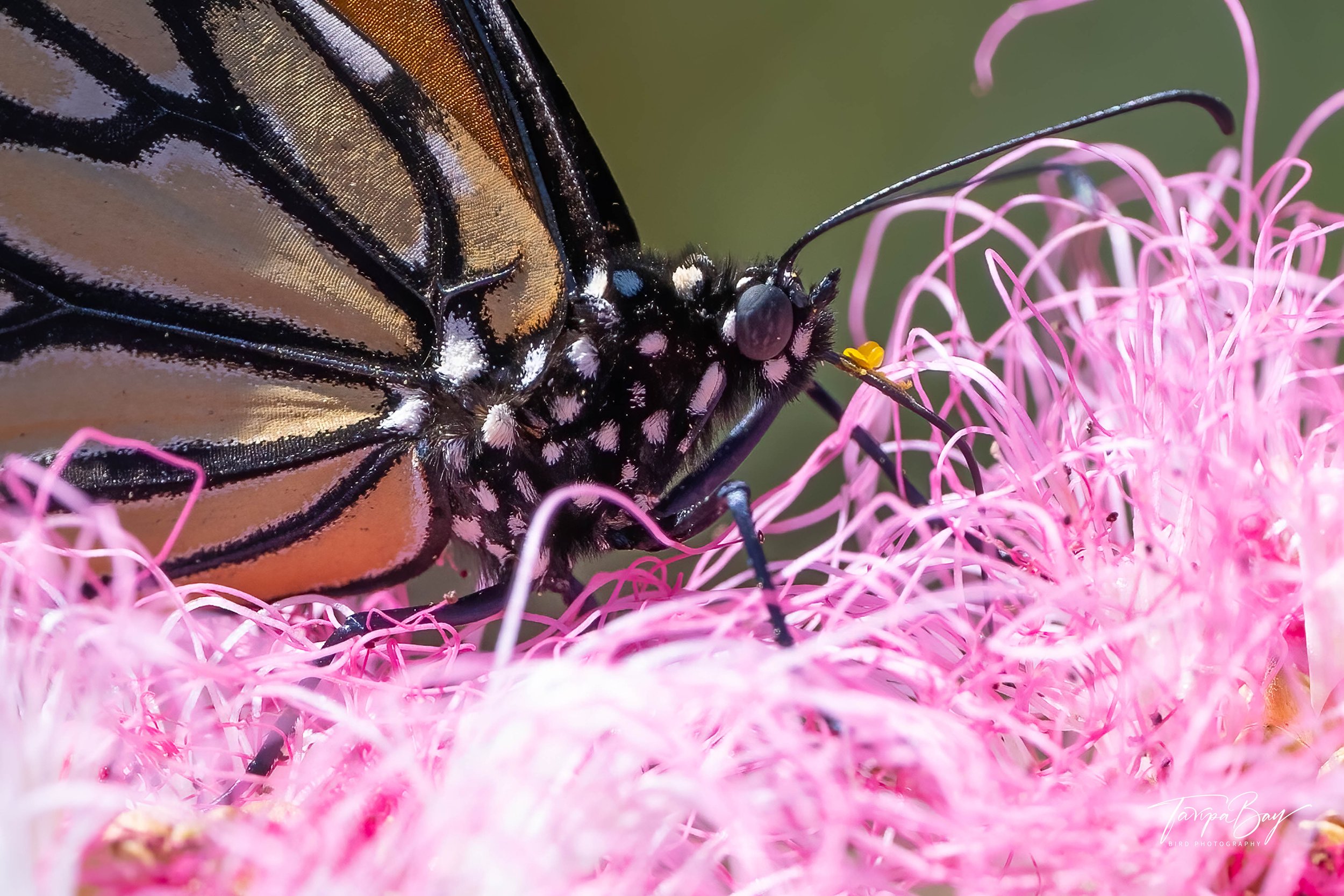

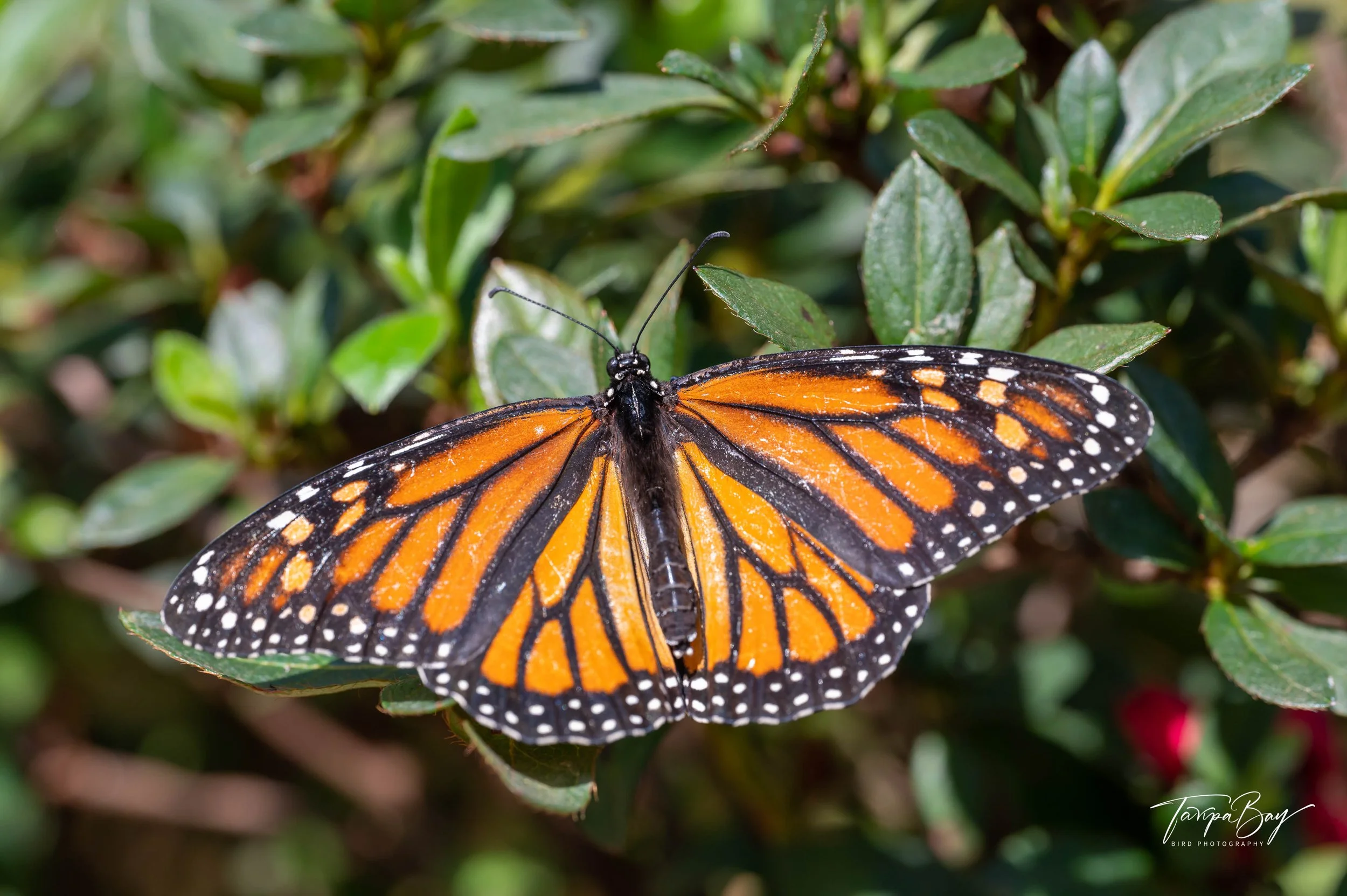
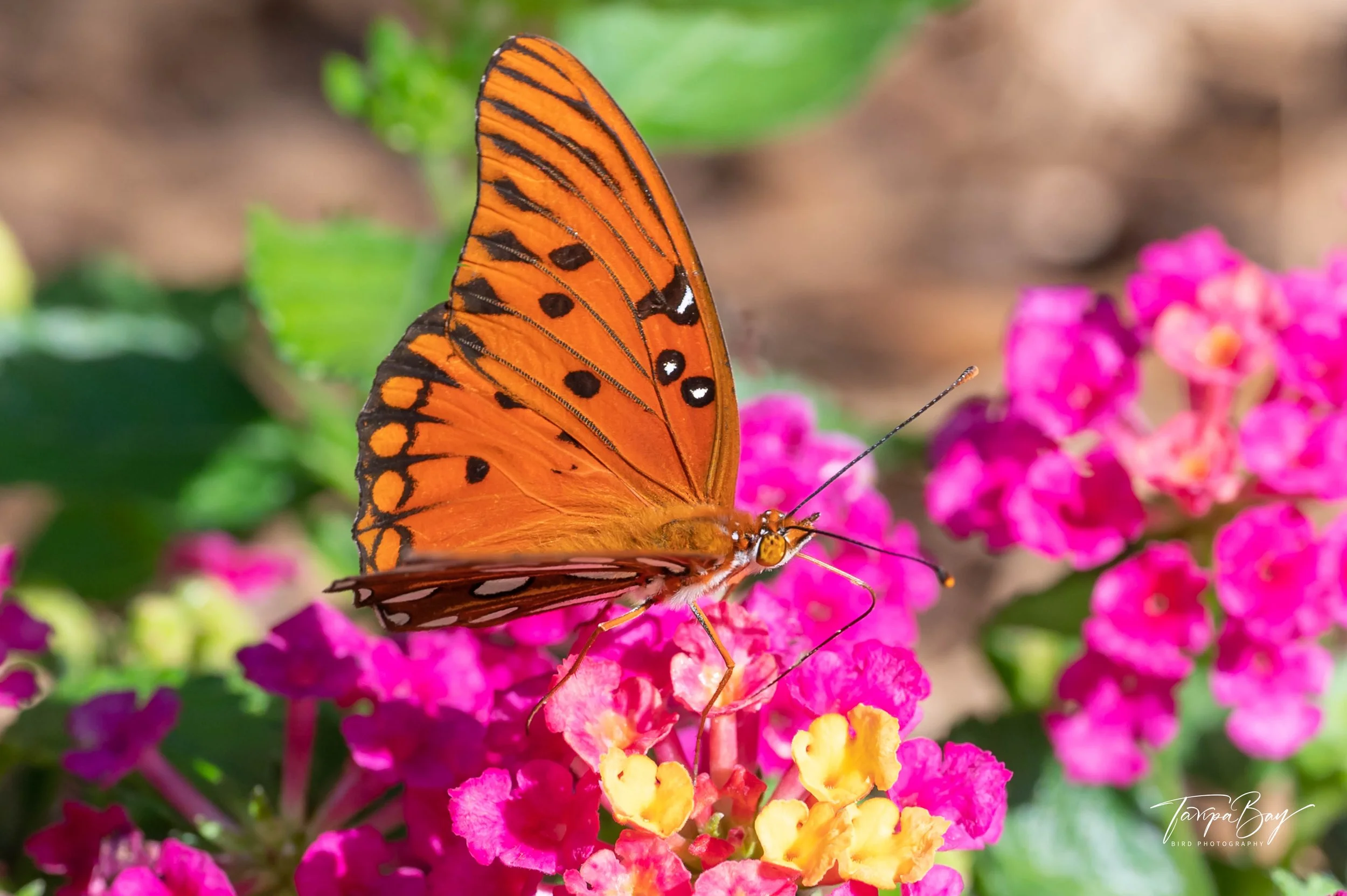
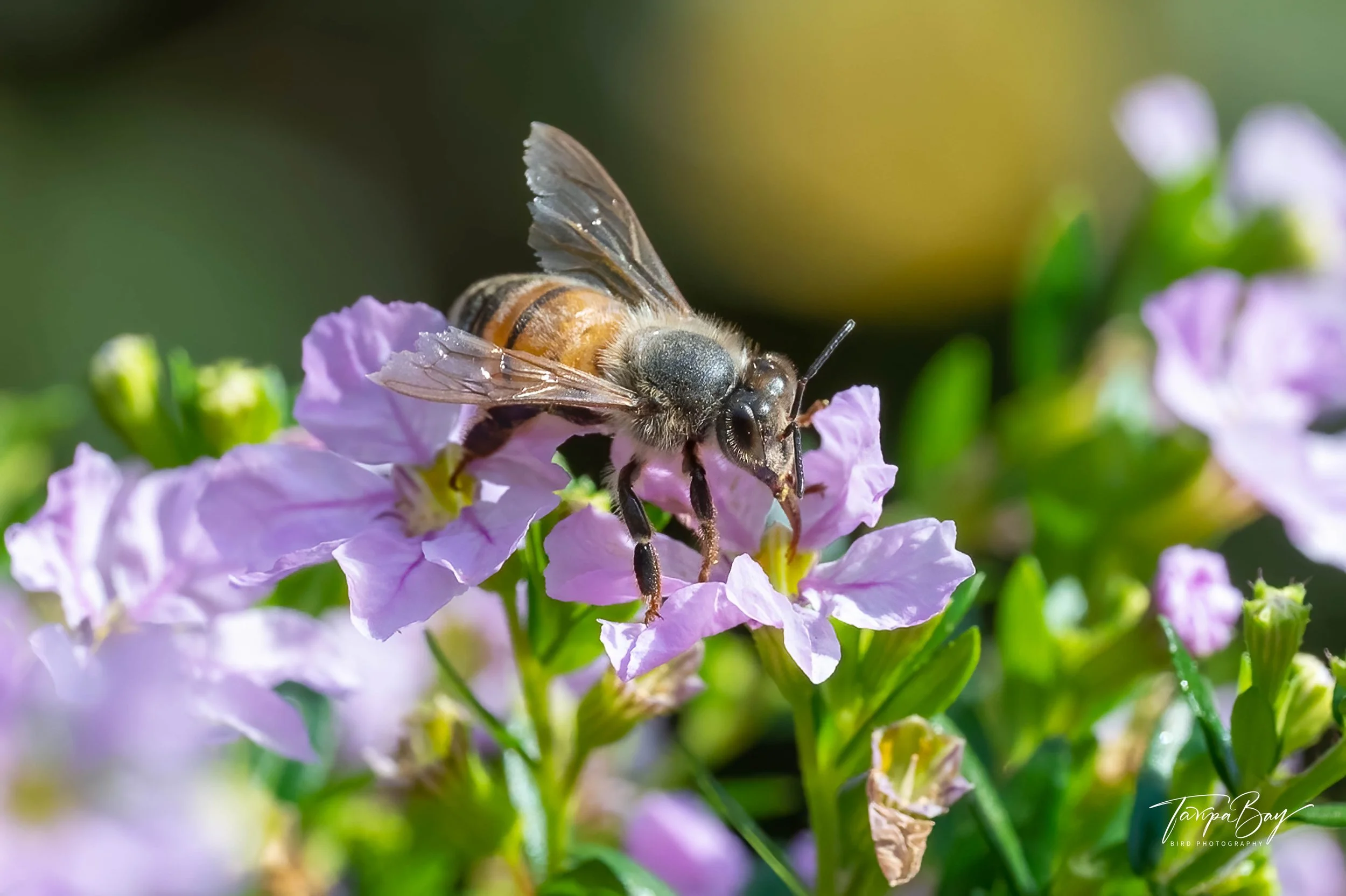




Following Dr. Minno’s presentation, I had a brief chat with him about the photographs used in his book. He took most of the photos, with some being taken by photographers in other areas of the country. I asked which lenses he used and he said the 100mm macro lens was his usual choice. It was good to hear confirmation that he was also using a macro lens for his butterfly photos.
As a bird photographer, I found butterfly photography a little outside of my comfort zone but near enough to bird photography that many of the same principles of bird photography applied. General photography concepts like lighting and composition are unchanged, and surprisingly the camera settings are about the same too despite using a completely different lens. I approached this month’s theme as a photo assignment, as an opportunity to intentionally challenge myself in an area of photography that was unfamiliar to me. In the process, I found a new appreciation for these beautiful creatures and the plants that they rely on to survive. My awareness of butterflies in the environment has also increased, similar to the way bird photography has increased my awareness and appreciation of birds. I will certainly be taking more photographs of butterflies in the future and I hope you do the same.

